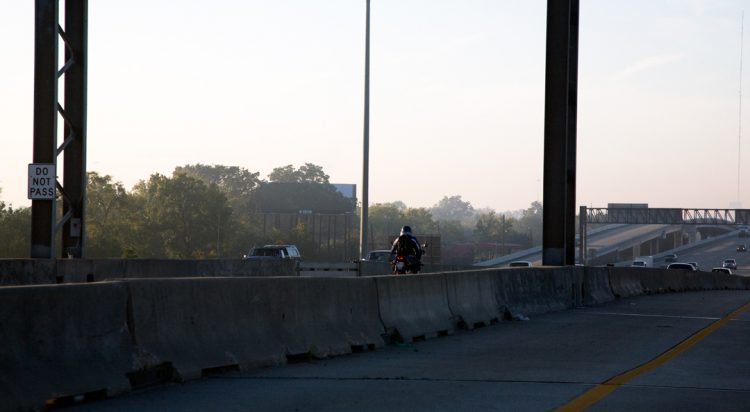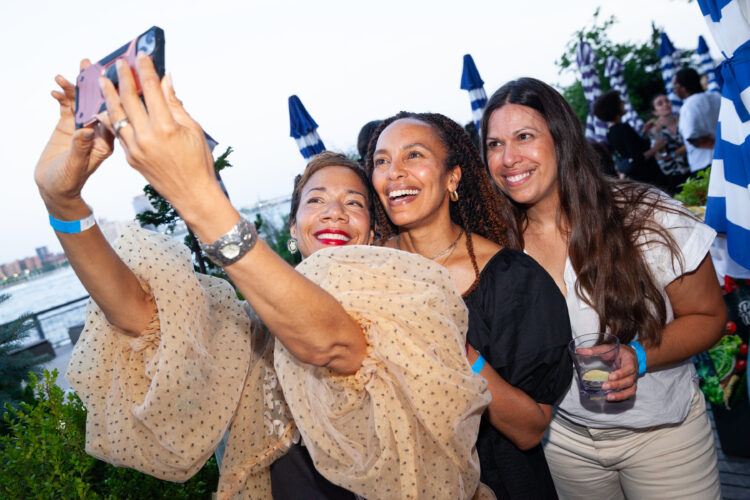Congratulations to Creative Capital Awardees in the 2024 Whitney Biennial!
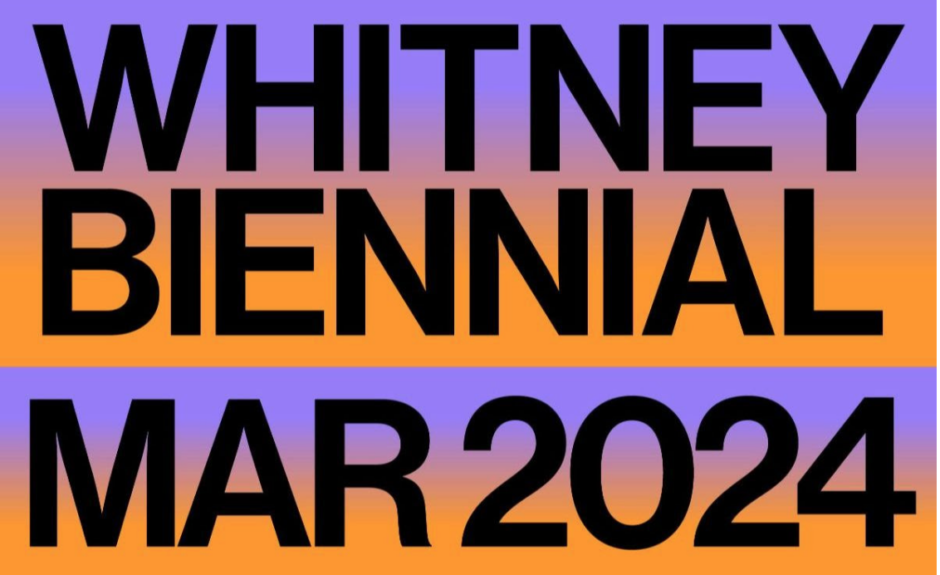
We’re excited that the Whitney Biennial 2024: Even Better Than The Real Thing (opening on March 20, 2024) will include Creative Capital Awardees: JJJJJerome Ellis, 2022; Jes Fan, 2024; Christopher Harris, 2015; Madeleine Hunt-Ehrlich, 2022; Mary Kelly, 2024; Kite, 2023; Cannupa Hanska Luger, 2020; Karyn Olivier, 2005; and Charisse Pearline Weston, 2024.
Discover Their Creative Capital Projects
 JJJJJerome Ellis, Impediment is Information, 2021. JJJJJerome Ellis’ (2022 Creative Capital Awardee) ANTIPHONARY is an open-ended, ongoing song engaging the forms of book, album, and live performance. The project seeks to transfigure archives of so-called “runaway slave advertisements” and celebrate black and disabled freedom practices. |
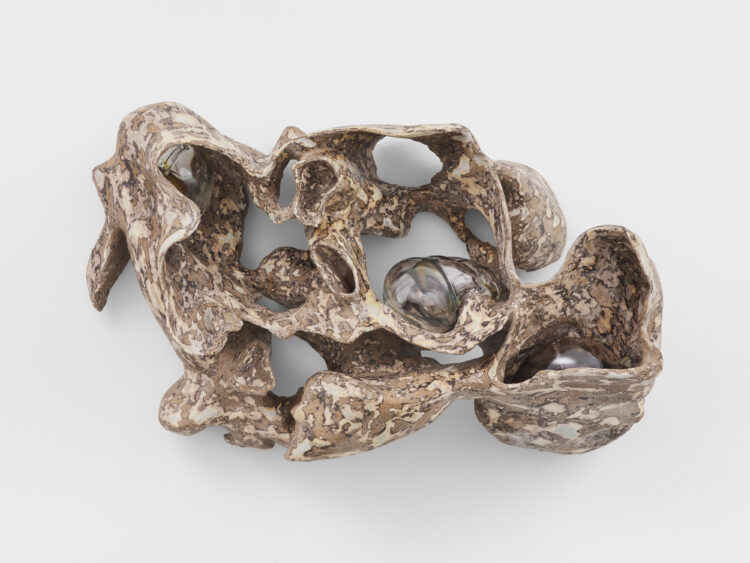 Jes Fan, Cross Section (Right Leg Muscle III), 2023. Photographed by Olympia Shannon. Jes Fan’s (2024 Creative Capital Awardee) Soy Skin explores the East Asian staple soy skin, made by boiling soy milk until a thin sheet of skin forms on top. As tofu skin curdles on the top of soy milk, a video is projected onto its surface. The video moves through images of monocultural soybean farms, factories, pharmaceutical labs, and stills of scars and skin of bodies, while slowly unveiling how this plant has practically become a machine. |
 Christopher Harris, still/here (2001). Christopher Harris’ (2015 Creative Capital Awardee) Speaking in Tongues is a hand-processed 16mm film inspired by Ishmael Reed’s novel Mumbo Jumbo. Mumbo Jumbo freely mixes historical, social and political events with fiction in an effect that is self-consciously anachronistic, employing a variety of literary and visual conventions. |
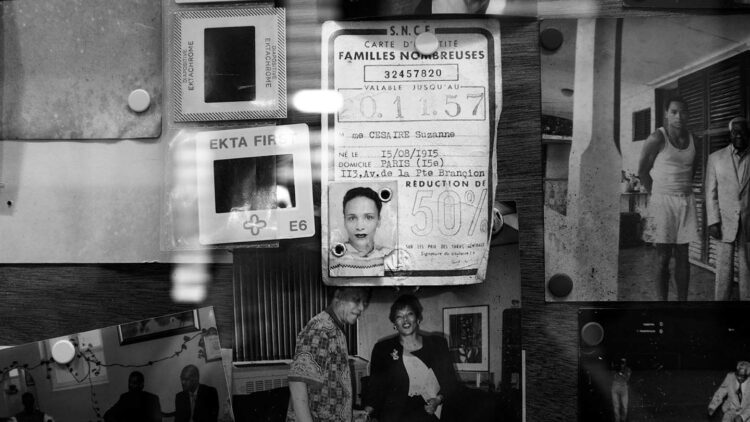 Photo of Suzanne Cesaire’s ID card above Aime Cesaire’s desk. Informed by interviews with living children and family of Suzanne, Madeleine Hunt-Ehrlich’s (2022 Creative Capital Awardee) The Ballad of Suzanne Césaire brings to life the images we might have had if history had been recorded differently. For years the impact of Suzanne Césaire, one of the mothers of négritude, was overshadowed by the fame of her husband Aimé Césaire.
|
 Credit: Mary Kelly. Mary Kelly’s (2024 Creative Capital Awardee) Addendum is an archive of personal reflections on the experience of late life, which she now has edited and organized thematically as the basis for the work’s six sections. |
 Kite, Wichahpih’a (a clear night with a star-filled sky or a starlit night), 2020. Kite’s (2023 Creative Capital Awardee) Ohutkan / Wachacha Wiwihanble (Dreaming Roots / Blooms) lives and breathes while Kite sleeps on a hill in South Dakota. Working with tech collaborators, the artist will develop a unique artificial intelligence system to converse through dreams with the computer using geometric designs often seen in beadwork. |
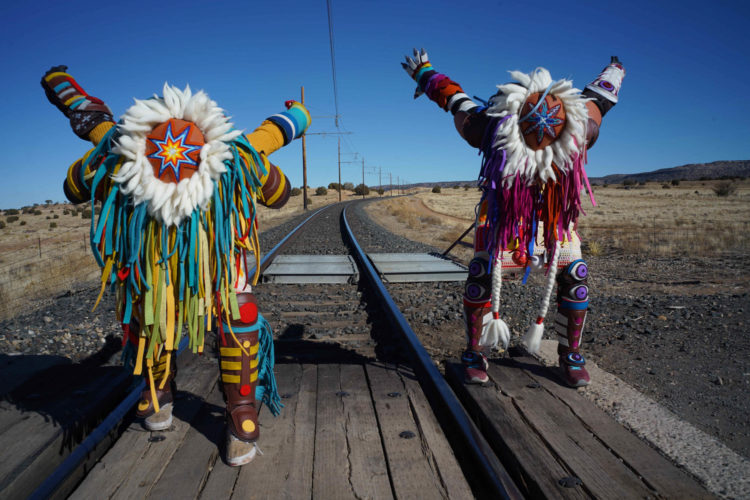 Performance still from Cannupa Hanska Luger’s Future Ancestral Technologies: The One Who Checks and The One Who Balances. Photo: Chip Thomas. Cannupa Hanska Luger’s (2020 Creative Capital Awardee) Future Ancestral Technologies is an Indigenous-centered approach to making art objects, video, and performance with the intent to influence global consciousness using creative storytelling to radically reimagine the future. Moving science-fiction theory into practice, this methodology conjures innovative life-based solutions that promote a thriving Indigeneity. |
|
Karyn Olivier’s (2005 Creative Capital Awardee) Inbound: Houston is a temporary public art installation on interstate billboards surrounding Houston, TX. In October and November 2009, Olivier converted 13 billboard advertisements on Houston’s freeways to photographic representations of the landscape that exists directly behind the billboard structures. |
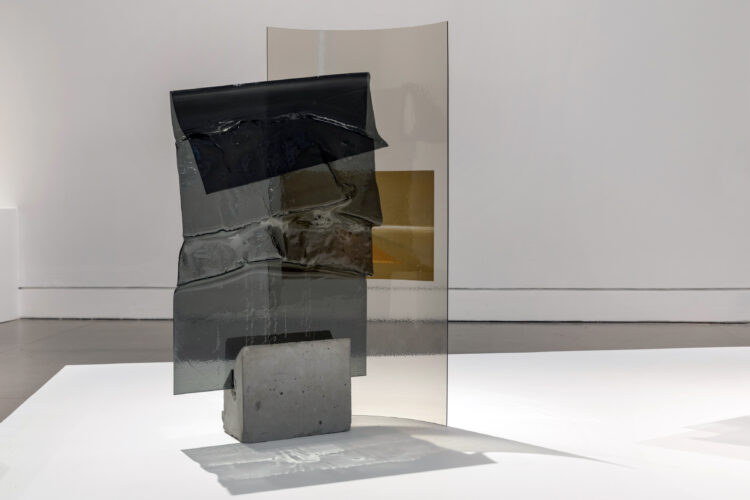 Charisse Pearlina Weston, to be flung, raw (into air splitting violence), 2022. Photo by Hai Zhang. Charisse Pearline Weston’s (2024 Creative Capital Awardee) The Rider places the violent and oppressive haunting of zombie laws in conversation with Zora Neale Hurston’s “Zombies,” published in her 1938 travelogue and ethnographic study, Tell My Horse. |
